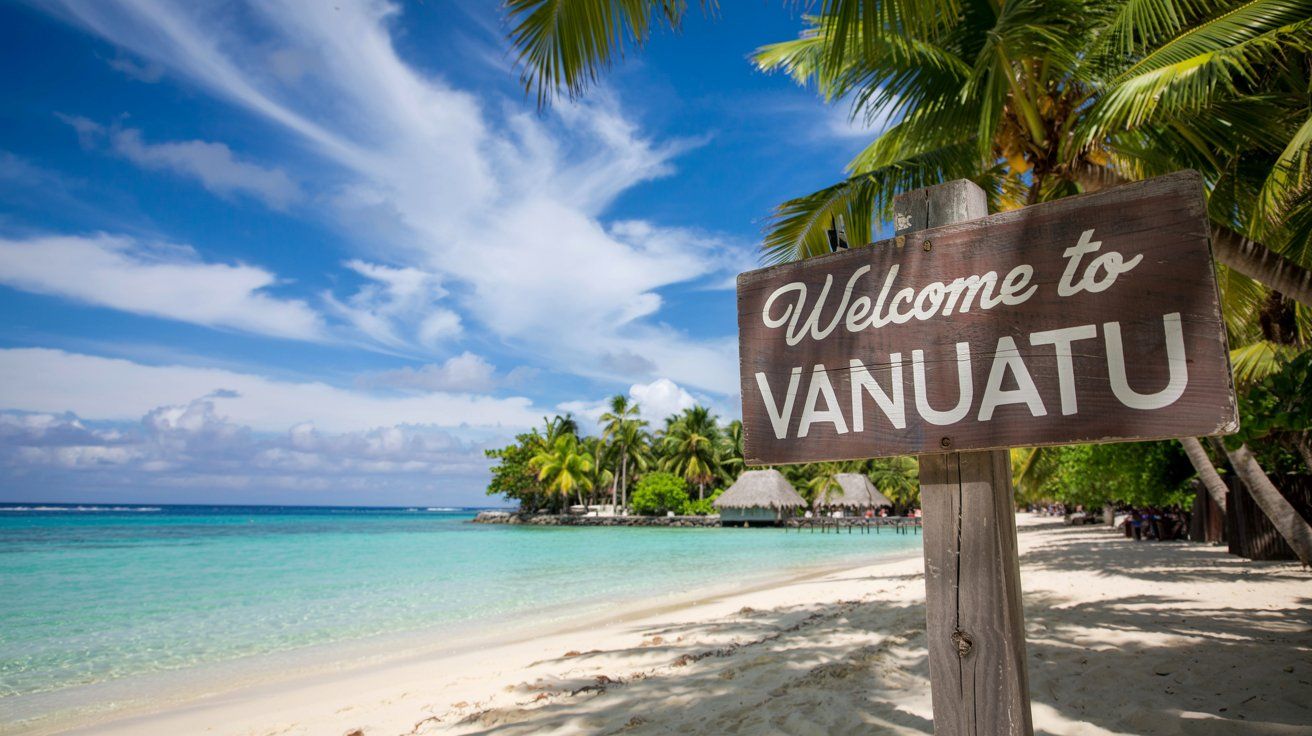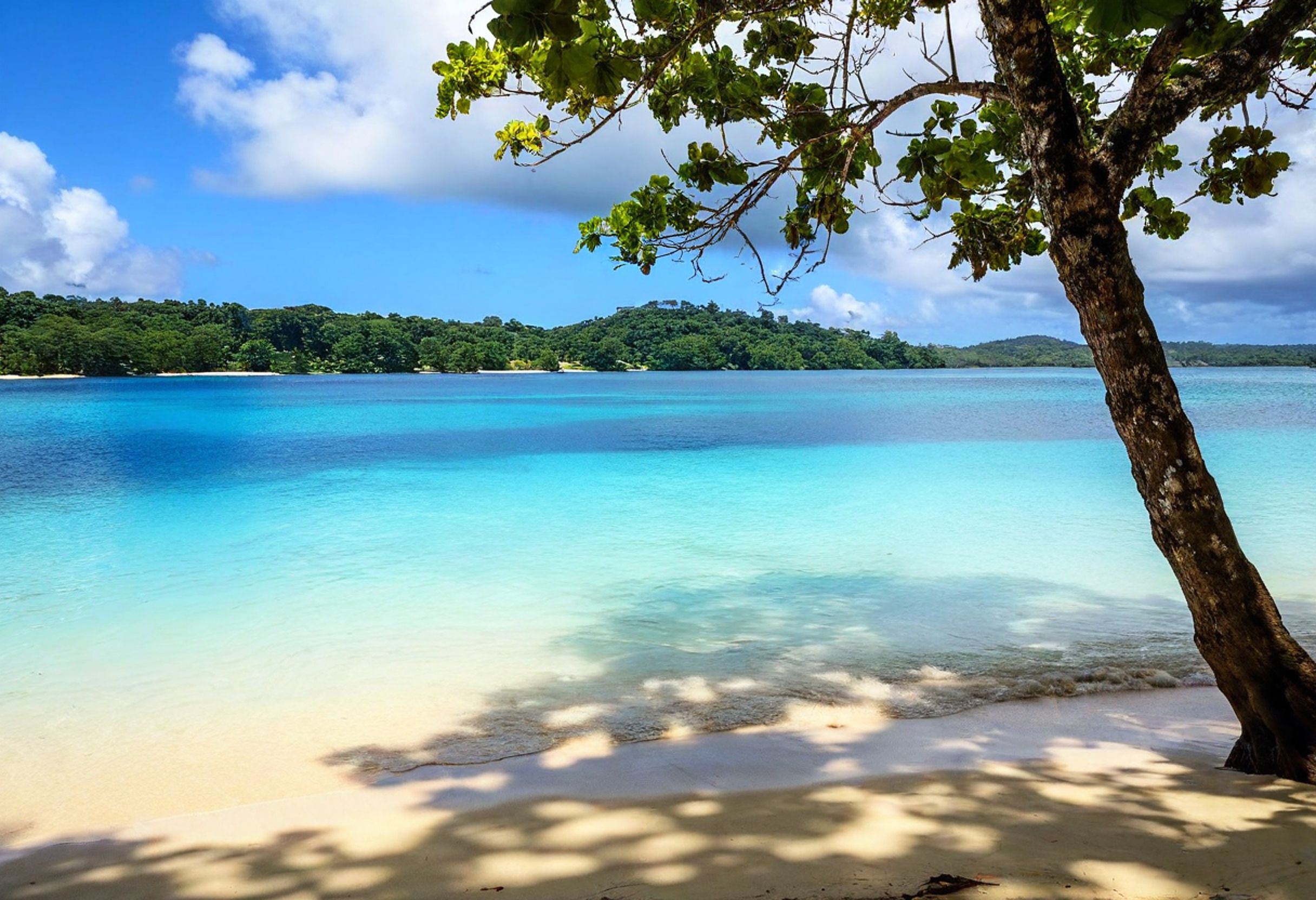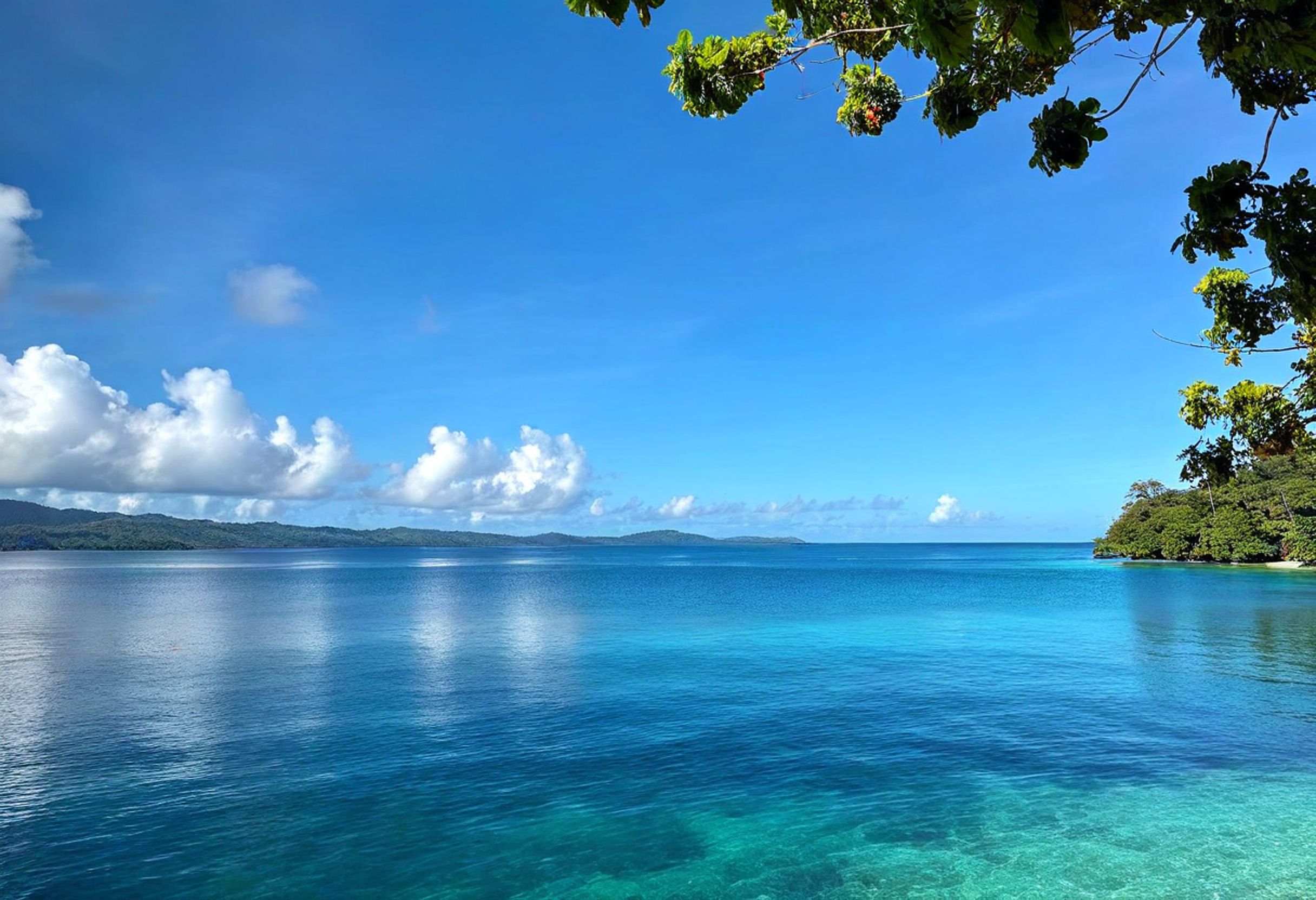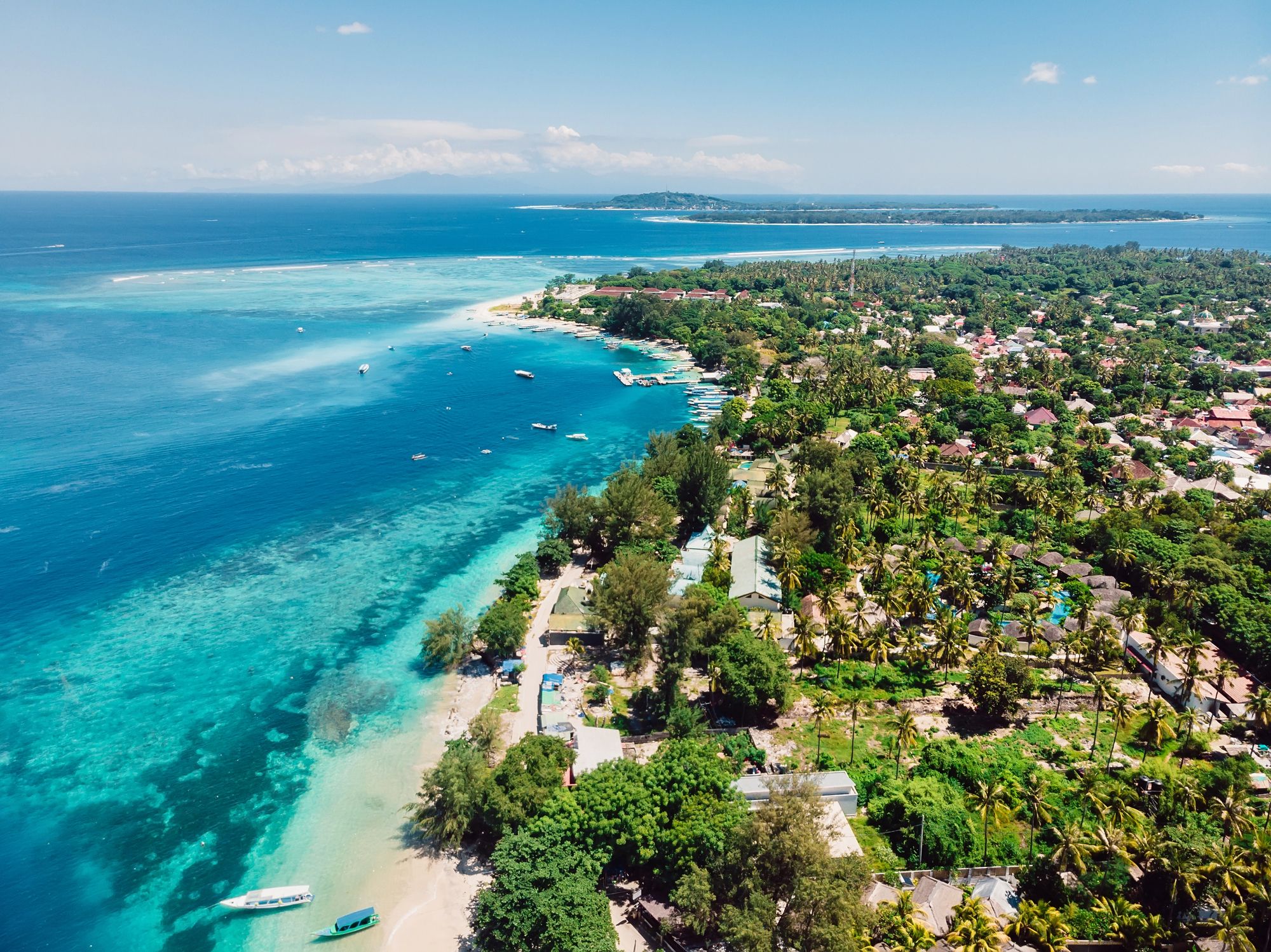A magnitude 6.1 earthquake struck off the coast of Vanuatu in the South Pacific, rattling buildings on the island nation’s main island. The tremor occurred early Sunday morning local time, just days after a more powerful 7.3-magnitude earthquake had already impacted the region. Despite the significant intensity, initial reports suggest the quake did not cause major damage to infrastructure.
The earthquake’s epicenter was located near Port-Vila, the capital city of Vanuatu, according to the US Geological Survey (USGS). This marks another seismic event for the vulnerable island nation, which sits along the Pacific “Ring of Fire,” a zone of high tectonic activity that makes the country prone to earthquakes and volcanic eruptions.
From overwater bungalows to beachfront resorts, find your perfect stay in this island nation of more than 80 islands. Instant booking with best price guarantee!
Browse Accommodations Now
Vanuatu’s residents have shown remarkable resilience in the face of repeated natural disasters. The country’s building codes and disaster preparedness measures continue to be tested by these seismic events, which have become an unfortunate but expected part of life in this South Pacific archipelago.
Earthquake Impact Analysis
The 6.1 magnitude earthquake that struck Vanuatu caused varied impacts across the island nation, particularly affecting infrastructure and triggering emergency protocols. The earthquake came just days after a more devastating 7.3 magnitude quake had already weakened structures and strained resources.
Infrastructural Damage
The 6.1 magnitude earthquake rattled buildings on Vanuatu’s main island but appeared to cause less severe damage than the previous 7.3 magnitude event. Initial assessments indicated no major collapses from this second tremor. The earlier quake had already compromised many structures, with concrete buildings suffering the most significant impacts.
Key damage sites from the combined earthquake events include:
- Government buildings in Port Vila
- Residential structures on the main island
- Infrastructure connecting outlying areas
Aftershocks continued to pose risks to weakened buildings. Engineers conducted rapid assessments to identify structures at risk of secondary collapse. Many residents remained cautious about returning to buildings showing cracks or structural deformation.
Emergency Response Measures
Authorities maintained the state of emergency that had been declared following the 7.3 magnitude earthquake. A curfew remained in effect in heavily affected areas to prevent injuries from potential building collapses during aftershocks.
The national disaster management office coordinated:
- Search and rescue operations
- Medical response teams
- Structural assessment crews
Emergency communication systems were activated to reach remote islands where infrastructure damage complicated response efforts. Officials issued safety guidelines for residents, particularly regarding the risks of landslides in hillside areas where soil had been destabilized by consecutive earthquakes.
Humanitarian Aspects
The original 7.3 magnitude earthquake killed at least 12 people, with the latest 6.1 aftershock fortunately not adding to this toll. Rescue teams continued efforts to locate any trapped survivors in areas damaged during the first major quake.
Medical facilities reported:
- Treating numerous injuries from falling debris
- Shortages of critical supplies
- Need for specialized trauma care
International aid organizations mobilized support for the island nation, focusing on providing temporary shelter, clean water, and medical supplies. Particular attention was given to vulnerable populations, including children, the elderly, and those with disabilities.
Remote communities faced greater challenges as damaged roads and communication infrastructure delayed assistance. Helicopters were deployed to assess damage and deliver essential supplies to isolated areas.
Wider Implications and Preventative Measures
The 6.1 magnitude earthquake that struck Vanuatu has far-reaching consequences beyond immediate structural damage. The nation’s essential infrastructure, economic sectors, and geological vulnerability all face significant challenges in the aftermath.
Impact on Essential Services
Mobile networks experienced widespread disruption following the quake, leaving many communities isolated and unable to communicate with emergency services. Several cell towers sustained damage, particularly on Vanuatu’s main island where buildings were rattled by the tremors.
Water supplies were compromised in multiple regions, with main pipelines cracked and treatment facilities temporarily offline. Local authorities implemented water rationing in affected areas until repairs could be completed.
The main shipping port sustained moderate damage to loading equipment and one pier section. This disruption threatens the flow of essential supplies to the Pacific archipelago, which depends heavily on imported goods.
Emergency repair teams prioritized these critical infrastructure elements, focusing first on restoring water access to hospitals and evacuation centers.
Effects on the Economy
Vanuatu’s tourism industry faces significant setbacks following the earthquake. Several resort properties reported structural damage, with bookings declining sharply in the immediate aftermath.
Travel advisories issued by several countries have further dampened visitor numbers. Tourism operators estimate a 30% reduction in revenue over the next quarter.
The shipping port disruption threatens both imports and exports, with agricultural products—a key economic driver—facing potential spoilage due to transportation delays.
Local businesses, many still recovering from previous natural disasters, report concerns about insurance coverage and rebuilding costs. The government has announced plans to provide emergency economic assistance to affected enterprises.
Geological Context
Vanuatu sits directly on the volatile “Ring of Fire,” making it particularly susceptible to seismic activity. The US Geological Survey monitors this region closely due to its frequent earthquake patterns.
This 6.1 magnitude event follows a more powerful 7.2-magnitude quake that caused widespread damage weeks earlier. Experts warn that residents should prepare for continued aftershocks, which could persist for months.
Buildings that “pancaked” during the earthquake revealed construction vulnerabilities that must be addressed in rebuilding efforts. Strengthened building codes and enforcement are essential for future resilience.
Tsunami alerts remain a critical concern following any significant seismic activity in the region. The nation has implemented improved early warning systems, though gaps in coverage persist in more remote islands.
Find available hotels and vacation homes instantly. No fees, best rates guaranteed!
Check Availability Now









